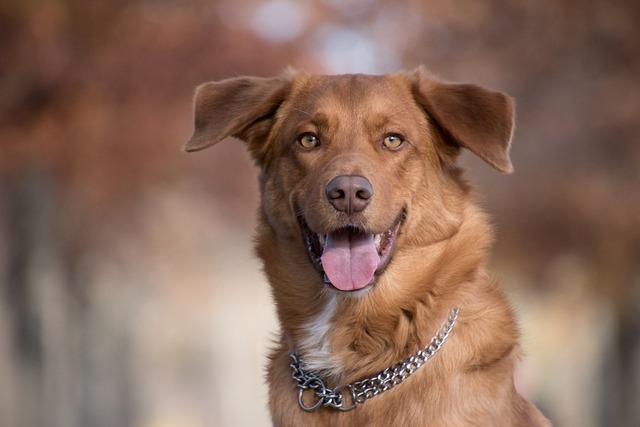
What should I do if there is redness around the eyes of a puppy
The morning light pours into the room through the window, and you prepare to greet the puppy warmly with a "good morning" as usual,
When we walk along the park path with our beloved dog and see it casting a curious and slightly nervous glance at another dog running towards it, questions always arise in our minds: How long will it take for it to truly accept these new friends? The process of a dog building trust and adapting to its companions is like a journey full of unknowns and surprises. It is guided by biological instincts and influenced by the unique personality and past experiences of each dog. There is no fixed schedule for this journey, but it hides countless warm and touching stories waiting for us to interpret.
From a biological perspective, as domesticated descendants of wolves, dogs carry the genes of social animals in their bones. In the wild, wolf packs maintain their group survival through a strict hierarchy and social interactions, and this instinct still profoundly affects a dog's social behavior. However, the domestication process has also enabled them to develop unique abilities to adapt to human society. When facing unfamiliar peers, they have a natural desire for social interaction, as well as caution towards the unknown. When two dogs meet for the first time, they will complete a complex "information exchange" within a few seconds by sniffing each other's hips, observing body language, and listening to barks and whimpers.
The differences in a dog's individual personality are like colorful paintbrushes, sketching out distinct lines on the canvas of the adaptation process. Extroverted and energetic dog breeds, such as Labrador Retrievers and Golden Retrievers, are often like enthusiastic socialites. They can quickly send out friendly signals, actively approaching the other dog with behaviors like wagging their tails and jumping. They may become good friends with a new partner after a few minutes of joyful chasing. On the other hand, some sensitive and highly vigilant dog breeds, such as Greyhounds and Akita Inus, are more like cautious observers. They will keep their distance, secretly sizing up the other dog with a sidelong glance. Only after repeatedly confirming safety will they take a cautious step forward. This process may last for hours or even days, and every test is accompanied by anxiety towards the unknown and anticipation of friendship.
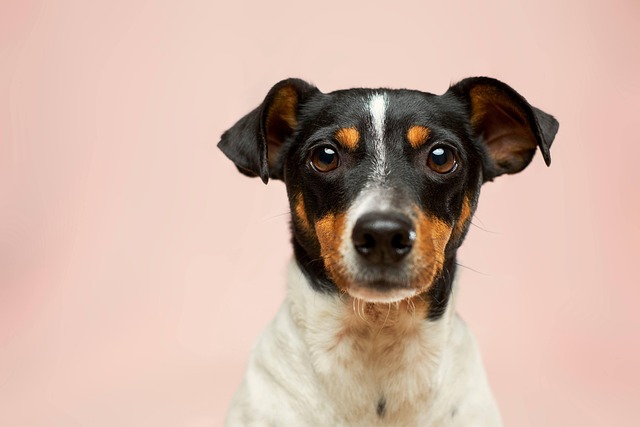 Past social experiences are like marks engraved deep in memory, profoundly influencing the speed at which a dog accepts new partners. Puppies that grow up in a loving and inclusive environment and have frequent contact with different dogs are like children soaked in honey, full of trust in the world. They will throw themselves into new social situations without reservation, and a short play session may build a deep friendship. Conversely, dogs that have been attacked or abused by other dogs are deeply scarred in their hearts. When facing new partners, every subtle movement may trigger their fearful memories. Their curled-up bodies and drooping tails wordlessly tell of past traumas. Owners need to show several times more patience and tenderness. Through countless safe and pleasant contacts, the wounds can be gradually soothed, and their hearts can be reopened.
Past social experiences are like marks engraved deep in memory, profoundly influencing the speed at which a dog accepts new partners. Puppies that grow up in a loving and inclusive environment and have frequent contact with different dogs are like children soaked in honey, full of trust in the world. They will throw themselves into new social situations without reservation, and a short play session may build a deep friendship. Conversely, dogs that have been attacked or abused by other dogs are deeply scarred in their hearts. When facing new partners, every subtle movement may trigger their fearful memories. Their curled-up bodies and drooping tails wordlessly tell of past traumas. Owners need to show several times more patience and tenderness. Through countless safe and pleasant contacts, the wounds can be gradually soothed, and their hearts can be reopened.
The environment of the encounter is like a stage set up for social interaction, and the atmosphere of the stage directly affects a dog's performance. In a spacious, familiar, and quiet corner of the park, without the interference of noise and a crowded crowd, dogs can explore and interact more relaxingly, and the adaptation process is often greatly shortened. They can run and chase freely, getting familiar with each other's rhythm during play. However, in a narrow, unfamiliar alley full of strange smells and sounds, dogs will involuntarily tense up and be on guard against everything around them. Even an outgoing dog may misunderstand a new partner due to the pressure from the environment. A friendly sniff may turn into a growl, making the adaptation process difficult and long.
The owner plays an irreplaceable role in this process, serving as both a guide and a protector. When dogs meet for the first time, the owner's gentle yet firm attitude is like a lighthouse in the dark, guiding them. Through appropriate control of the leash, excessive enthusiasm or aggressive behavior can be avoided; encouragement can be given with a gentle tone and stroking, sending the signal that "it's safe here." In the early stage of adaptation, the owner can arrange some simple and interesting activities, such as playing a ball-chasing game together, allowing the dogs to let down their guard in shared joy. When conflict or a tense atmosphere arises, intervene in a timely manner but do not forcefully interrupt. Instead, guide them to divert their attention and resolve the conflict with snacks and toys.
There is no precise time scale for a dog to adapt to other partners. It could be a sunny afternoon when two dogs form a bond after running freely on the grass; or it could be a warm moment when, after countless cautious contacts and with the owner's perseverance, the dog finally lets down its guard.

The morning light pours into the room through the window, and you prepare to greet the puppy warmly with a "good morning" as usual,
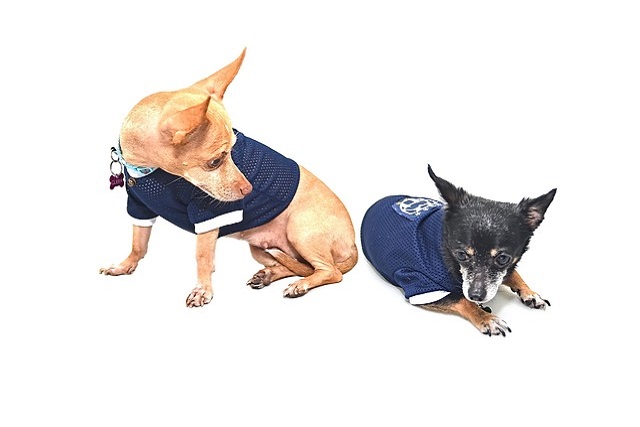
Late at night, moonlight streamed into the room through the window, but the usually lively dog went against its usual routine,
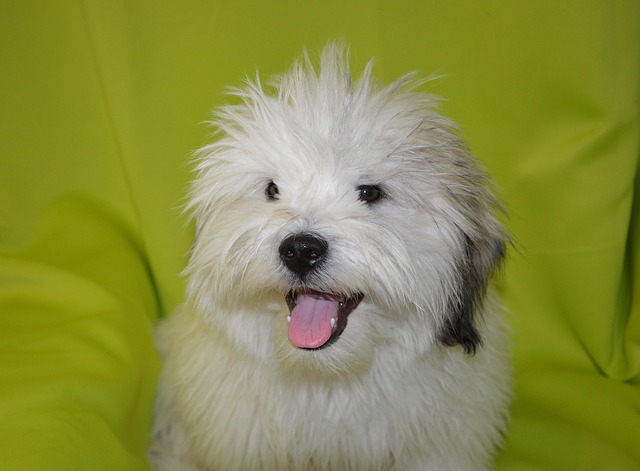
The sunshine shone on the carpet in the living room, but the usually lively and lovely Teddy went against his usual routine,
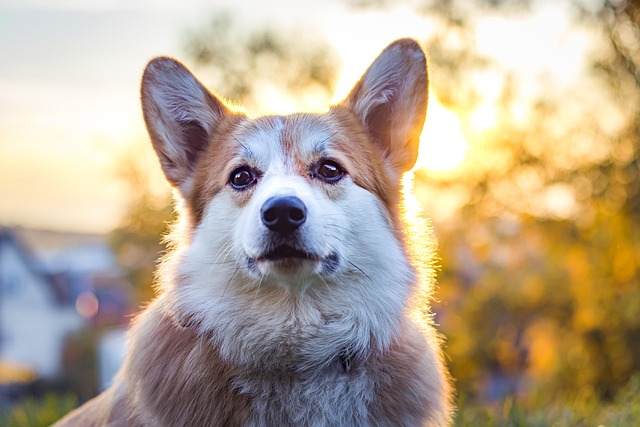
The chewing behavior of dogs is as natural as wagging their tails to show goodwill. It is not only a way to explore the world, but also an outlet for releasing energy. However, some dog breeds are particularly prone to chewing.
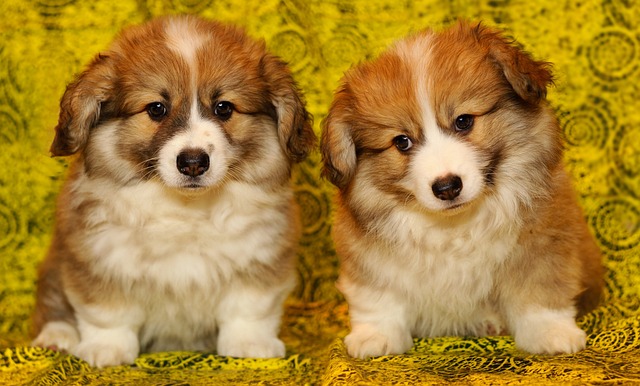
Watching the dog constantly rubbing on the floor, frantically scratching its skin with its paws, its originally smooth fur became messy,
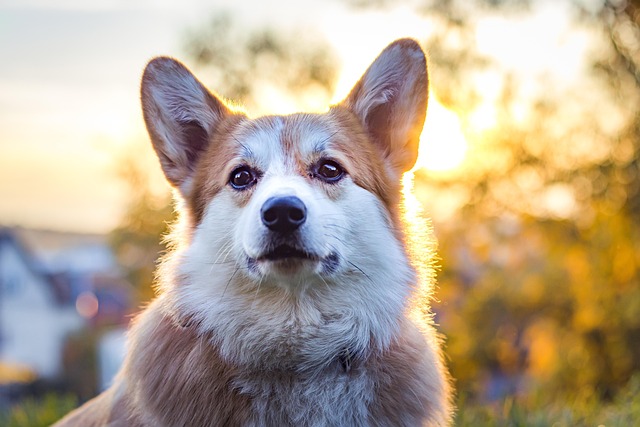
When night falls, a rapid bark suddenly comes from the community, or when we encounter a dog that barks continuously at people while walking,